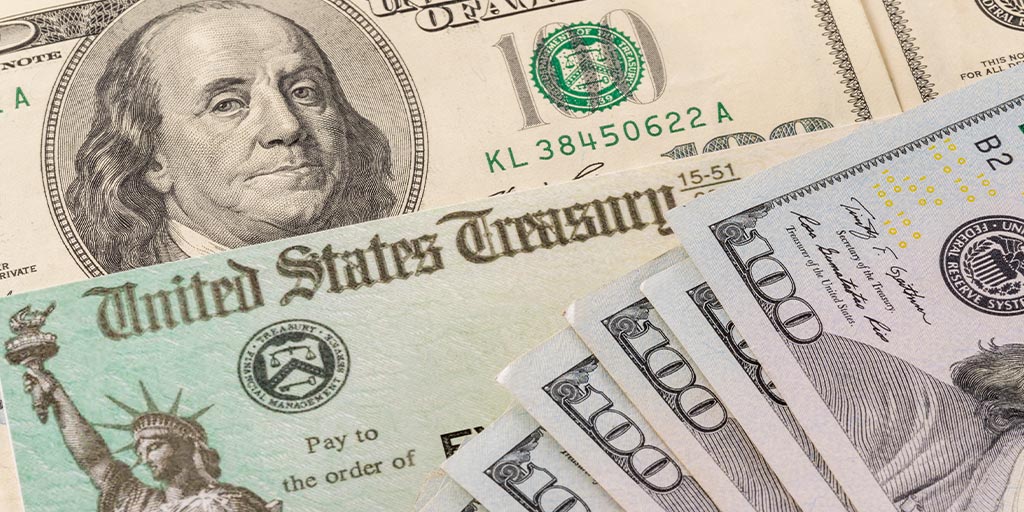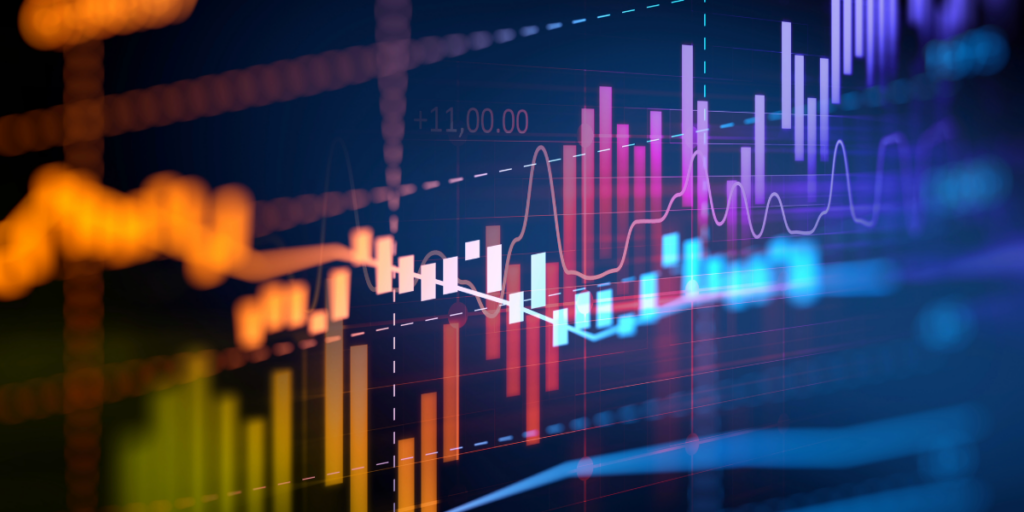Today was the anniversary of the 2020 Market top. It occurred right before the Covid Crash. So much has happened in those ensuing 12 months. The massive and relentless Stock Market rally is one of them. It’s come in the face of so many cross currents. Stocks have pretty much rallied throughout the Global Pandemic. At first, that triggered economic shocks. But the fast-acting Fed injected massive amounts of liquidity, which ignited the record run. They took the price of money close to zero. Vaccines and the economic recovery have kept the pedal to the metal into the new year. There are some signs things might be stalling again. The Market seems to be grinding a bit after the explosive march higher.
Speed has been the key for a lot of things. Certainly, the swift action by Congress and the Fed last Spring prevented a Financial Crisis. They learned from a decade ago. What happened was the longest economic expansion in modern history came to an abrupt end. It was late cycle. The yield curve was flat. Those are indicators of recession ahead. It happened. It happened quickly. And then it reversed. Speed has definitely been the key. But the thing about speed is it makes decision-making much more difficult. Today is quite the opposite. The fast speed of the Market is still here. But the cycle re-set. Economic expansion is upon us. The yield curve has become steep. Those are quite healthy and very bullish. It definitely does not come without risk.
The intended consequences of cheap money are to promote growth and incentivize investment. An unintended consequence is excessive risk-taking. Many Market participants have projected an insatiable demand for the riskiest stocks. There have been a number of speculative stocks that have rallied to unprecedented heights. Some are young and fast-growing companies that have no revenues, let alone profits. Others are older companies that are facing bankruptcy. It’s moved beyond the Stock Market. Low rates and cheap money has fueled a lending boom, offering lifelines for even the most challenged companies. Riskier companies can borrow at interest rates once reserved for only the safest type of debt. Approximately $140 Billion in high-yield debt (a Wall Street term for Junk) was issued and slurped up in just the first 6 weeks of 2021. 10% of these bonds were rated CCC or lower. This is the riskiest tier, except for an outright default. This is twice the previous record pace of CCC purchases.
Just a week ago, the yield on the Bank of America High Yield Index fell below 4% for the first time. Consider that the yield on the 10-Year Treasury, the risk-free rate, was as high as 3.2% two and a half years ago; The 10-Year yields 1.3% today. It hit a low of 0.39% during the Market crash last Spring. While Treasury yields rise, the same is not occurring in High Yield. They are staying firm. In other words, the spread for Junk Bonds over Treasuries is tightening. They’re the tightest they’ve been in over a decade. Junk Bond buyers are simply not being compensated for the risk they are taking.
Bond yields have also risen overseas. Japan’s 10-Year Bond now has a positive yield, after being stuck below zero for a while. So Global yields are moving higher, and the US is leading the pace. It seems pretty clear that the higher yields are a reflection of improving growth rather than lower credit quality. The US is the strongest credit on the Planet and Junk Bonds are not showing any signs of stress. It’s quite the opposite; Junk Bonds suggest excessive complacency. What’s most impressive to us is the breakout and relative improvement in European banks. They’re finally acting like American Financials. This is an important signal of global economic health. We don’t think these higher yields are a problem for the Stock Market yet, but we’re watching it very closely.
Treasury Secretary Janet Yellen said a large Covid relief package remains necessary to get the Economy back to full strength. She believes it, despite acknowledging signs that growth is off to a faster than expected start in 2021. She reiterated the benefits of going big far outweigh the costs. As the former head of the Fed, she knows the tools in place to treat pressures on inflation. She’s not worried. It’s very clear that Yellen & Powell will be comfortable letting prices run hot for a while. They are much more concerned about them falling.
Inflation has been extremely low for over 2 decades. In fact, we spent most of that time importing deflation from China when it first entered the World Trade Organization. Cheap goods from China sent prices sharply lower as the Millennium began. Technology is inherently deflationary because it increases efficiencies and drives down costs. The Burger Wars also took prices lower, as lower quality food dominated the Dollar menus across the country. Americans got used to paying less. Even trade commissions got taken to zero. Companies are now trying to raise prices, with varying degrees of success. In most cases, particularly with the advancement of the web, low-cost providers win the day. The Fed is not concerned about inflation. It seems committed to promote it, as a sign of sustainable growth. They know they can always mitigate that risk by raising rates. There’s no indication they’re even thinking about thinking about that yet. The Fed has tools to combat inflation. It has not been very effective dealing with deflation.
So what’s the level at which interest rates become a problem for the Stock Market? There is no obvious answer. But here’s how we think about it. First, the Banks have enjoyed the rise in rates which inherently improves their profitability. They get paid more in a steeper yield-curve when they borrow short and lend long. Industrials and Consumer Discretionary stocks tend to do well too, as economic recoveries take hold. Commodities are a clear beneficiary of inflationary pressures. They’re, in fact, triggers of inflation. Tech stocks tend to underperform in a rising-rate environment. Their valuations are high, their stocks are widely owned, and their costs are likely to increase in the economic recovery, which tends to put a dent in profits.
With the recent move higher in rates, the 10-Year Treasury is close to rivaling the S&P and Dow dividend yields of 1.5% and 1.9%. At some point, the risk-free rate will be competition for equities. Money has flown out of Bonds into Stocks of late. That trend will reverse, with money flowing back into Bonds. It’s only a question of when. It likely happens before Summer.
The last time yields moved at this rate was back in 2016 to 2018. The 10-Year Treasury went from 1.5% to over 3%. It led to a fairly substantial correction. Money left the Stock Market and poured into Bonds. The move back then was not nearly as fast as this move today. Speed can create some shocks to the system. But an important differentiator is the fact that back then, the yield curve was flattening, suggesting sluggishness and economic challenges. Right now, the yield curve is steepening, which is actually quite healthy. It’s indicative of economic growth ahead. It’s indicative of higher prices. It’s indicative of inflationary pressures.
Rising rates are going to have an impact somewhere. The price of money is getting more expensive. Low rates and cheap money have been fueling the rally. Money is getting more expensive. It will slow borrowing, which dents growth in Housing and other big purchases, like cars. That should have a negative impact on Hyper-Growth stocks with no visibility of profits for a while. There’s already been a rotation out of the more speculative, momentum stocks into the more cyclical, economically sensitive stocks. Money has also flowed into Value and Dividend Stocks, as well as those tied to infrastructure. Now that is an investment-worthy theme.
As if we needed another reminder, the tragedy throughout the State of Texas shows us once again how sorely America needs to improve and modernize its infrastructure. We see it on our roads and bridges. Railroads and Tunnels have become archaic. It’s been decades since real improvements have been made. Our national infrastructure was not designed for 300+ Million Americans and the usage it has. We Californians know all too well about the challenges of our power grid, forcing rolling blackouts in the Summer and Fall. Texas is facing them during a Winter freeze. Our heart goes out to those people in need. We are looking into how we can help, sending clothes and blankets among other items.
Proper Preparation Prevents Piss Poor Performance. We need to prepare for the future. Our nation was clearly not prepared for the present. There is an obvious need for infrastructure improvements and modernizing America. Once politicians get past the finger-pointing and the blame, perhaps we the people can finally move to a sustainable vision and strategy of a more perfect union. Perhaps that’s naïve thinking on my part. But the opportunity is ripe for the taking. And modernizing America is very investable.
As you may know, I write a Morning Brief for our Bedell Frazier team. I thought sharing a snippet with you might be timely and of interest. Authenticity is who we are. I ended today’s with this:
“Let’s celebrate our successes and learn from our mistakes. There’s no failure, only learning lessons, when you are committed to excellence. There’s no blame, there’s just times to explain what went wrong and what we need to do to fix it. Let’s commit to building something more perfect than we’ve ever had before, and let’s have fun doing it. A better U leads to a better US. Let’s make it happen. Let’s prove that this dynamic firm is the envy of the industry with so many unique characteristics that would be impossible for software and systems to replace. Service with a smile. Let’s do this together. It takes a TEAM.”
Have a nice weekend. We’ll be back, dark and early on Monday.
Mike






